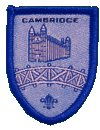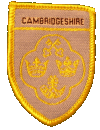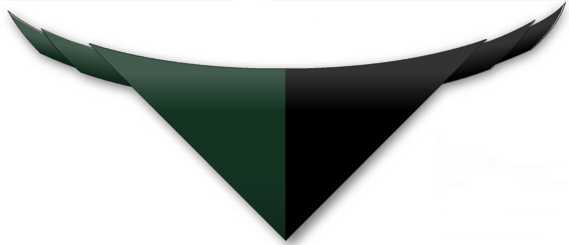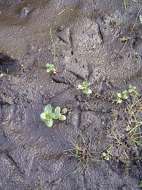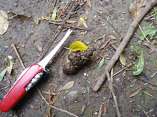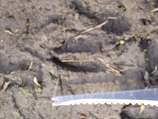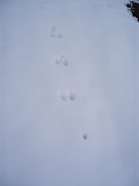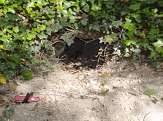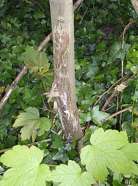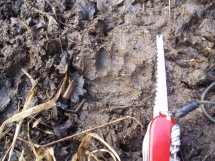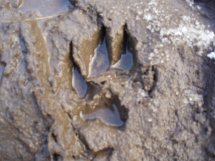Tracking
There are two different types of tracking enjoyed by scouts: reading the tracks of animals and people who don't know they are being followed and leaving and/or following the tracks that are left behind to show a route.
Leaving and following signs
It can be important to be able to leave an explicit track that others can follow, and it is an enjoyable skill both to leave and to follow tracking signs. If you are forced to set out on your own, for instance, it might save your life. If something were to happen to you and you weren't able to make it to your destination someone could follow your trail and eventually find you.
Below are some of the more common signs used in scouting. The first four are the most commonly used ones, and can be made out of anything available including piles of pebbles, sticks, or even by tying the tops of long grass together and pointing the end in the required direction. The X sign is useful as it is a simple sign which can quickly show the path that wasn't taken at a fork in the road, for instance. The final one, Gone Home, marks the end of the trail.
The second row are some of the fancier signs, showing that have left a message for your trackers, that your party had to split up, that you might have to cross a fallen tree, for instance, or go over water (or just that water is nearby in particularly arid places such as deserts).
There are lots of other signs, but these are the common ones:
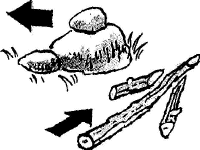 This way Still on track |
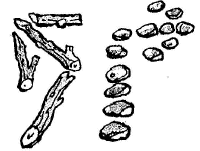 Turn here Follow the arrow |
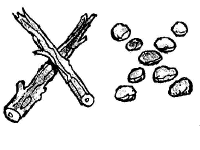 Wrong way Go a different way |
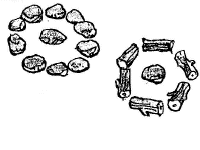 Gone home End of the trail |
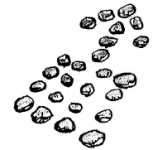 Message here A box and arrow |
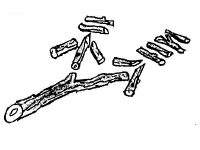 Split up (2 left, 4 right) |
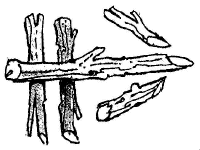 Over obstacle (two obstacles) |
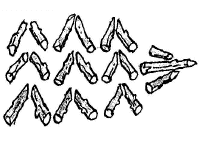 Water this way (eg stream to cross) |
Tracking animals
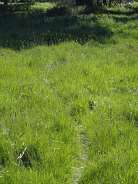 Badger path |
As well as tracks left intentionally by your fellow scouts and cubs, most animals (including man) leave tracks that can be read and/or followed if you know how and where to look.
Trying to understand the habits of animals turns every walk into a discovery. These skills of looking, seeing and thinking can help you become involved in and enjoy the countryside that you walk in and possibly prevent errors when walking or camping.
When tracking animals (or people):

